The Doberman Husky mix, also known as the Doberian or the Husky Doberman, is a fascinating hybrid breed that combines the traits of the Doberman Pinscher and the Siberian Husky. This mix results in a unique and energetic dog that is both intelligent and loyal.
Basic Info
| Trait | Description |
|---|---|
| Traditional Colors | The Dobsky can exhibit a variety of coat colors, including black, brown, gray, and tan. |
| Weight | Typically weighs between 60 and 100 pounds. |
| Size | Stands at a height of 24 to 28 inches. |
| Lifespan | Has an average lifespan of 10 to 13 years. |
| Price | The cost of a Dobsky puppy varies, but expect it to be in the range of $500 to $1,500. |
| Suitable For | Best suited for active families with spacious yards and a love for outdoor adventures. |
Physical Appearance
| Feature | Description |
|---|---|
| Facial Structure | The Dobsky inherits a strong, alert face from the Doberman, often with striking Husky eyes. |
| Coat | Possesses a dense, double-layered coat that can vary in length and texture. |
| Nose | Typically has a black or dark-colored nose. |
| Eyes | Eyes may be blue, brown, or a captivating combination of both. |
| Ears | Ears are medium-sized, triangular, and may stand erect or flop. |
| Muzzle | The muzzle is elongated, resembling the Doberman’s sleek profile. |
| Body | Athletic and well-proportioned, with a strong build and graceful movement. |
Quick Facts
| Trait | Description |
|---|---|
| Temperament | Energetic, loyal, and protective. Responds well to training but requires patient guidance. |
| Reproduction | The Dobsky’s reproductive cycle aligns with typical canine patterns. |
| Playtime | Thrives on play and exercise; needs mental and physical stimulation. |
| Intelligence | Intelligent and alert, combining traits from both parent breeds. |
| Evolutionary Origins | Originates from the Doberman’s protective lineage and the Husky’s sled dog history. |
| Genetics | Inherits a mix of genetic traits, resulting in a unique blend of characteristics. |
| Breed Group | Classified as a working dog breed due to its versatility and skills. |
Games
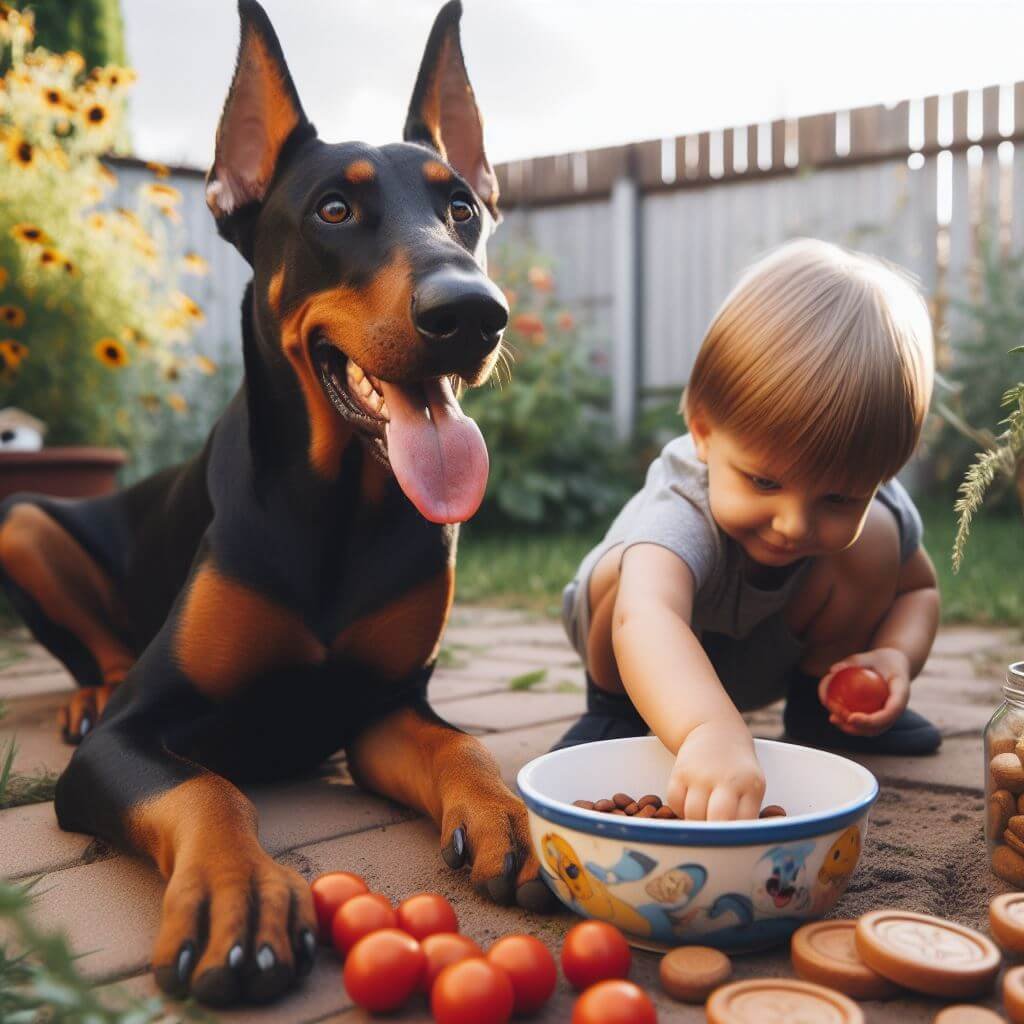
Doberman Husky Mix playing with Child
| Indoor Games | Outdoor Games |
|---|---|
| Hide-and-Seek | Fetch and retrieve games in the yard. |
| Puzzle toys | Agility courses and obstacle challenges. |
| Brain teasers | Hiking, trail running, and swimming. |
Special Key Points
| Trait | Description |
|---|---|
| Adaptability | Adapts well to various living environments, provided exercise needs are met. |
| Senses | Sharp senses, especially keen hearing and vision. |
| Sleep Patterns | Requires sufficient rest to recharge after active play. |
| Sense of Smell | Moderate sense of smell, not as pronounced as some other breeds. |
| Loyalty | Devoted and protective of their family, forming strong bonds. |
Health Issues
Like all dogs, the Dobsky may be prone to certain health conditions. Regular veterinary check-ups are crucial to monitor their overall health. Common health issues include:
- Hip Dysplasia: A genetic condition affecting the hip joint.
- Eye Problems: Keep an eye out for cataracts, progressive retinal atrophy, and other ocular issues.
- Heart Conditions: Dilated cardiomyopathy and other heart-related issues.
- Skin Allergies: Regular grooming and a healthy diet can help manage skin allergies.
Read More: Common Health Issues in Dogs
Dog Food and Diet Requirements
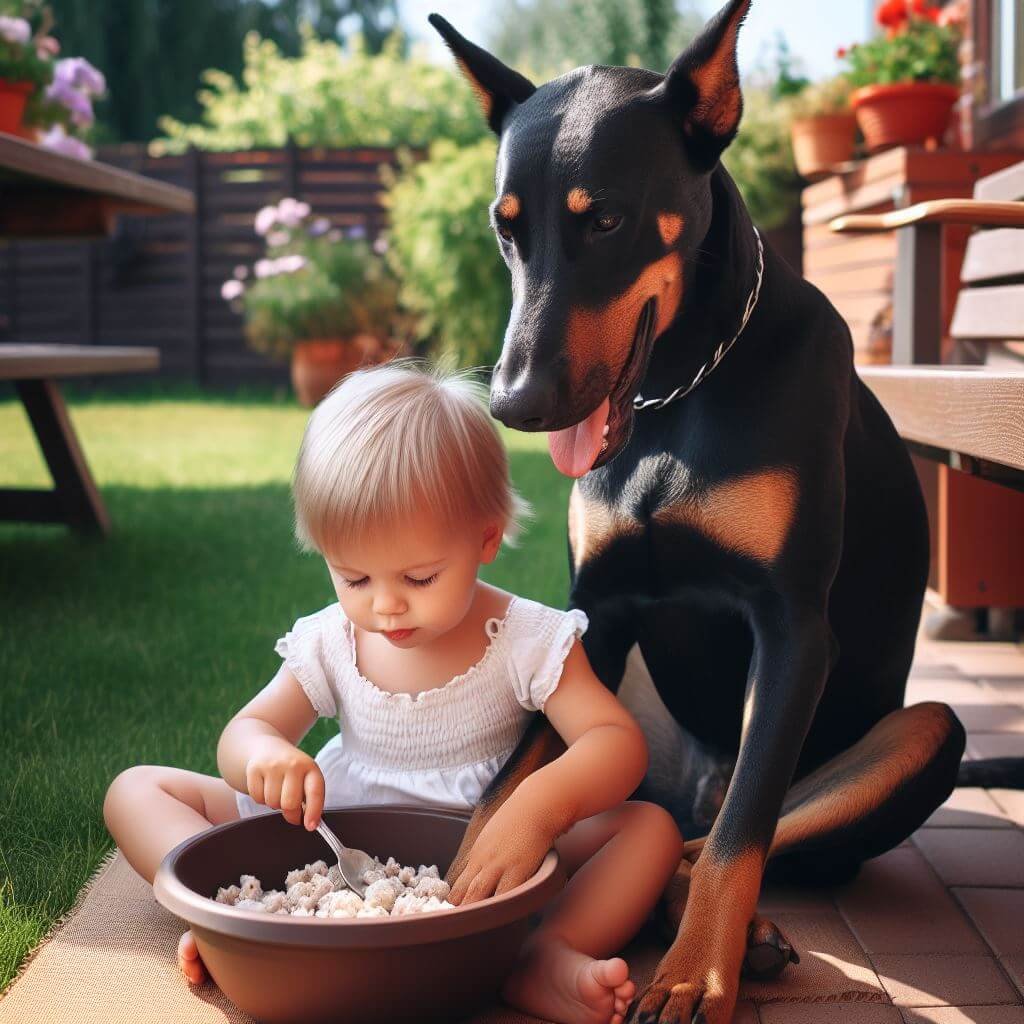
Doberman Husky Mix eating Food
Feeding your Dobsky a balanced diet is essential. Opt for high-quality dog food that meets their nutritional needs. Consider the following:
- Protein: Lean meats, fish, and quality dog food with adequate protein content.
- Carbohydrates: Whole grains and vegetables.
- Fats: Healthy fats for energy and coat health.
- Avoid: Toxic foods like chocolate, grapes, and onions.
Grooming
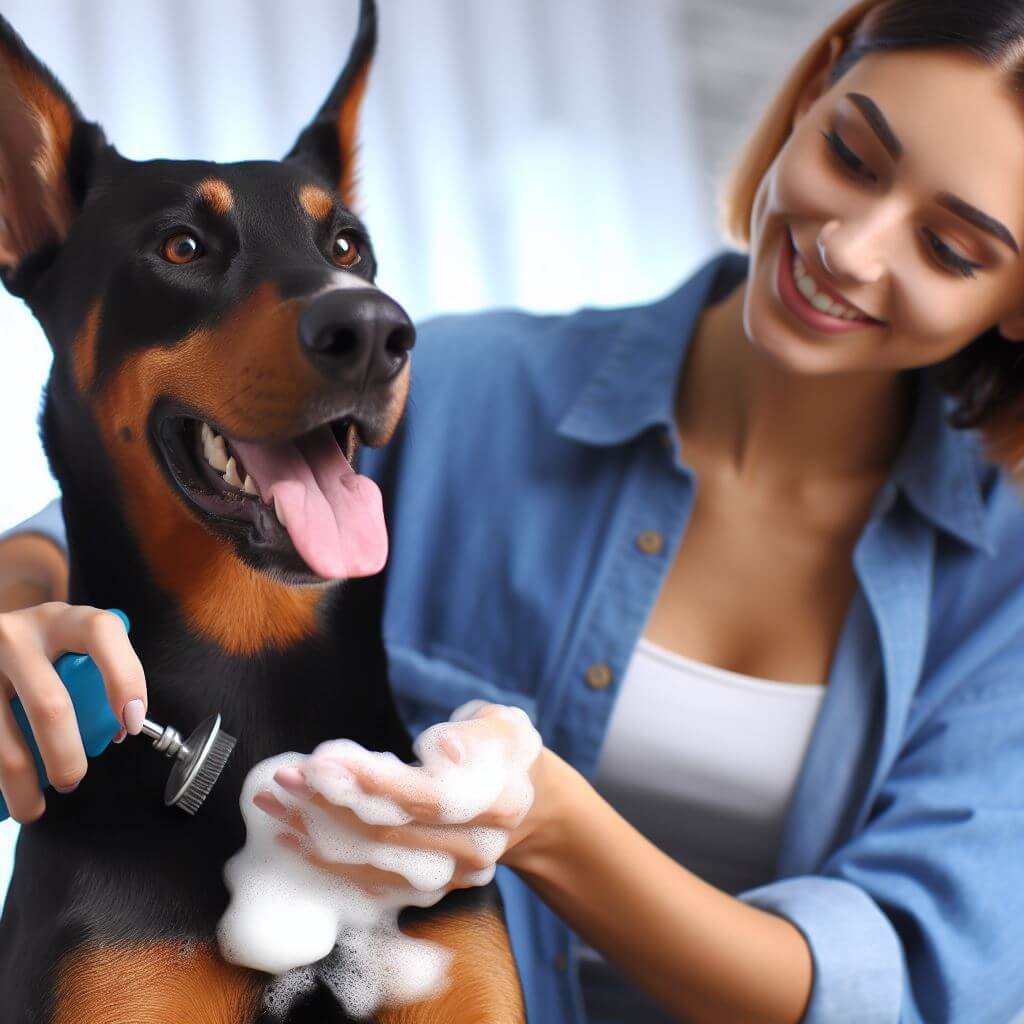
Doberman Husky Mix taking Grooming
The Dobsky’s coat requires regular grooming to keep it healthy and free from tangles. Brush their fur at least once a week and trim their nails as needed. Bathing should be done when necessary.
Read More: The Art of Dog Grooming
Training
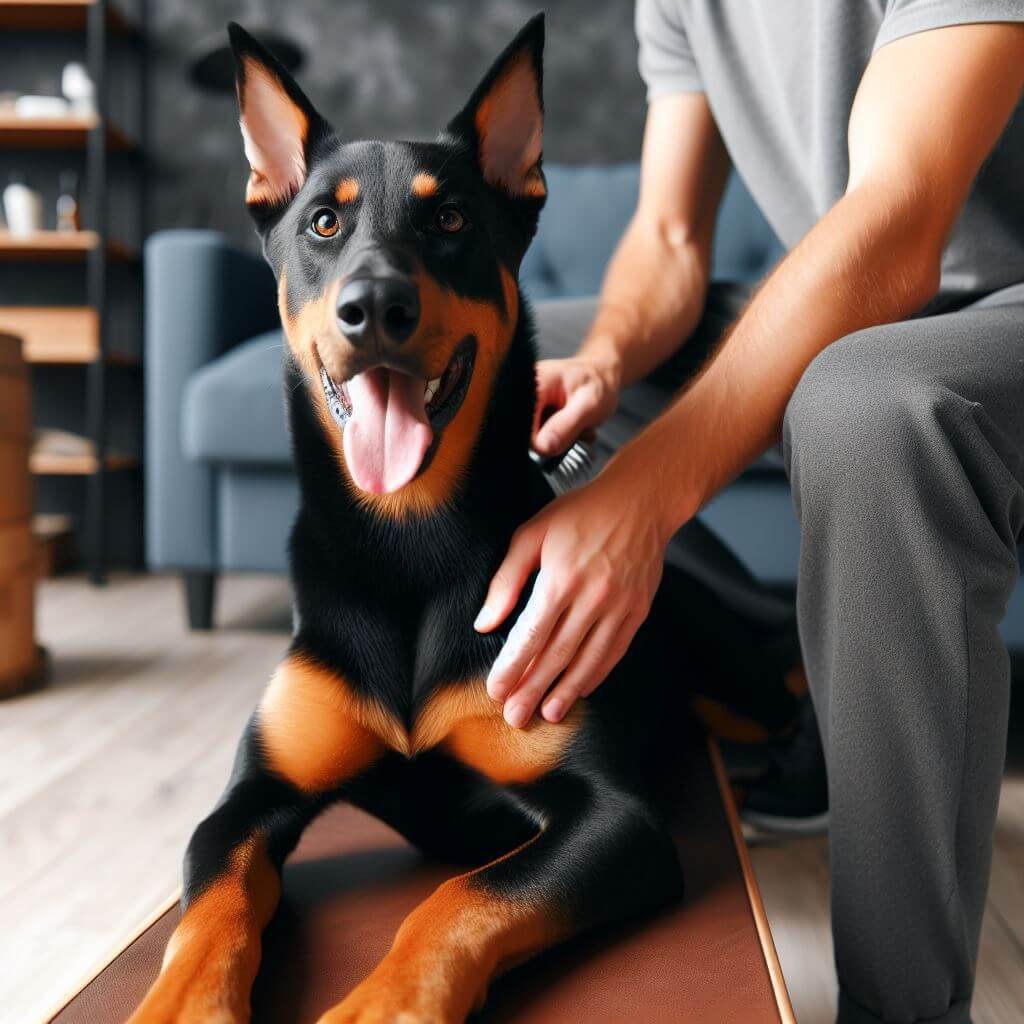
Doberman Husky Mix taking Training
The Dobsky is intelligent and eager to please. Consistent training is essential. Focus on positive reinforcement techniques, socialization, and basic commands. Early training helps prevent behavioral issues.
Exercise
The Dobsky thrives on physical activity. Daily walks, playtime, and mental stimulation are crucial. Engage them in agility exercises, fetch, and outdoor adventures.
Socialization
Expose your Dobsky to various people, animals, and environments from an early age. Proper socialization ensures they grow up well-adjusted and friendly.
Read More: The Importance of Dog socialization
Communication
The Dobsky communicates through body language, barking, and vocalizations. Pay attention to their cues to understand their needs and emotions.
Choosing a Caretaker
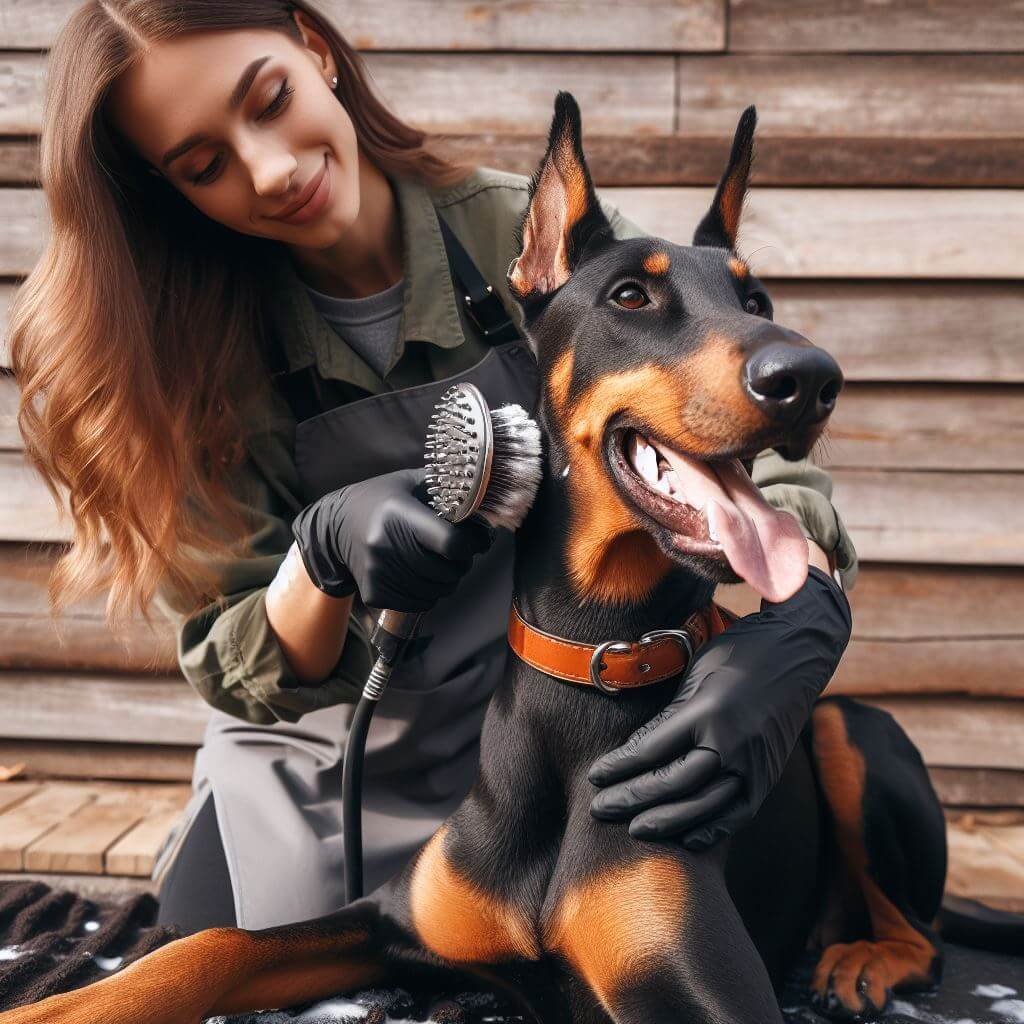
Doberman Husky Mix taking caretaker
Selecting a responsible caretaker is vital. Ensure they have the time, commitment, and knowledge to meet the Dobsky’s needs.
Recognizing Male vs. Female Dobskies
While individual personalities vary, here are some general differences:
- Males: Often larger and more protective. May be dominant.
- Females: Typically more nurturing and affectionate. May exhibit independence.
Temperament and Personality
The Doberman Husky mix is known for its high energy levels and intelligence. These dogs thrive in an active environment and require regular exercise to keep them mentally and physically stimulated. They enjoy activities such as running, hiking, and playing fetch.
While they are generally friendly and affectionate, the Doberman Husky mix can be wary of strangers and exhibit protective instincts. Early socialization and training are essential to ensure they grow up to be well-rounded and well-behaved dogs.
Due to their intelligence, these hybrids are quick learners and respond well to positive reinforcement training methods. However, they can also be strong-willed, so consistent and firm leadership is necessary to establish boundaries and prevent any behavioral issues.
Living with a Doberman Husky Mix
Before bringing a Doberman Husky mix into your home, it is important to consider their needs and the commitment required to care for them properly.
Exercise: These energetic dogs need plenty of exercise to prevent boredom and destructive behavior. They thrive in homes with large yards or access to open spaces where they can run and play. Daily walks and mental stimulation through training or puzzle toys are also essential.
Grooming: The Doberman Husky mix has a dense coat that requires regular brushing to prevent matting and shedding. They shed moderately throughout the year and have heavier shedding periods during seasonal changes. Regular nail trims, teeth brushing, and ear cleaning should also be part of their grooming routine.
Training and Socialization: Early socialization is crucial for this mix to ensure they are comfortable and well-behaved around people and other animals. Obedience training should start from a young age to establish boundaries and reinforce good behavior. Engaging them in activities that challenge their intelligence, such as puzzle toys or obedience competitions, can also be beneficial.
Health: Like all hybrid breeds, the Doberman Husky mix can inherit health issues from its parent breeds. Some common health concerns include hip dysplasia, eye problems, and heart conditions. Regular veterinary check-ups and a balanced diet are important to maintain their overall health and well-being.
Helpful YouTube Link: Husky Doberman Pinscher Mix AKA Doberhusky – YouTube
Is the Doberman Husky Mix Right for You?
The Doberman Husky mix is a wonderful companion for active individuals or families who can provide them with the exercise, mental stimulation, and training they require. They are loyal, intelligent, and protective, making them excellent family pets and watchdogs.
However, due to their high energy levels and need for stimulation, they may not be suitable for first-time dog owners or those with a more sedentary lifestyle. It is important to assess your own lifestyle and commitment level before deciding to bring a Doberman Husky mix into your home.
If you are prepared to meet their needs and provide a loving and stimulating environment, the Doberman Husky mix can bring joy, companionship, and a unique energy to your life.
Frequently asked questions (FAQs)
What Is Their Temperament Like?
Dobskies are highly energetic, sociable, and friendly. They are protective of their family and may be wary of strangers. Training should be firm and patient due to their independent nature.
How Should I Feed My Dobsky?
Opt for high-quality dog food with adequate protein, carbohydrates, and healthy fats. Avoid toxic foods like chocolate, grapes, and onions. Proper nutrition is essential for their energy and overall health.
What Health Issues Should I Be Aware of?
Regular veterinary check-ups are crucial. Common health issues include hip dysplasia, eye problems, and heart conditions. Proper care and attention are essential for their well-being.
What Are the Parent Breeds of the Dobsky?
The Doberman Pinscher is courageous, alert, and loyal. Originally bred for protection, it is versatile and intelligent. The Siberian Husky, known for its endurance and striking looks, originated as a sled dog in Siberia. Expect the Dobsky to combine the best of both worlds.
What Are the Typical Characteristics of a Dobsky?
Height: Dobskies usually measure between 22 to 26 inches from paw to shoulder.
Weight: They weigh anywhere between 40 and 90 pounds.
Appearance: Their overall appearance is an equal mixture of both parents, resulting in a strong and athletic dog.
What Is a Doberman Husky Mix?
The Doberman Husky mix, also known as the Dobsky or Siberian Pinscher, is a hybrid dog resulting from the combination of two popular breeds: the Doberman Pinscher and the Siberian Husky. This mix inherits the best traits from both parents, making it an extremely loyal and highly active dog. Dobskies are well-loved by those who encounter them, despite not being recognized by most kennel clubs.

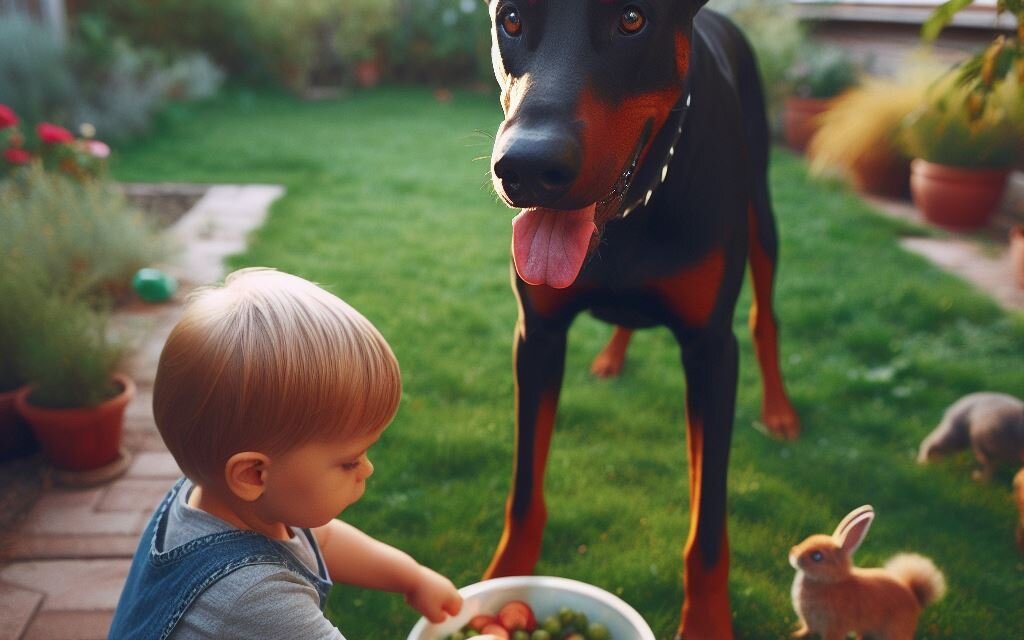
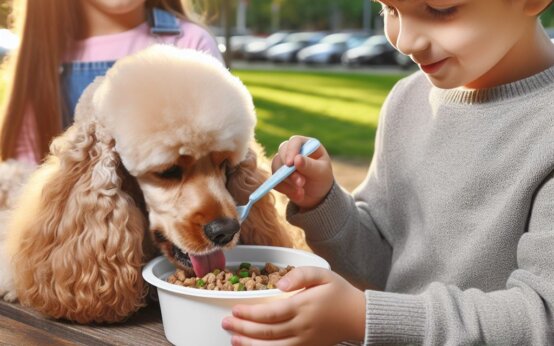 Cocker Spaniel Poodle: A Wonderful Crossbreed
Cocker Spaniel Poodle: A Wonderful Crossbreed 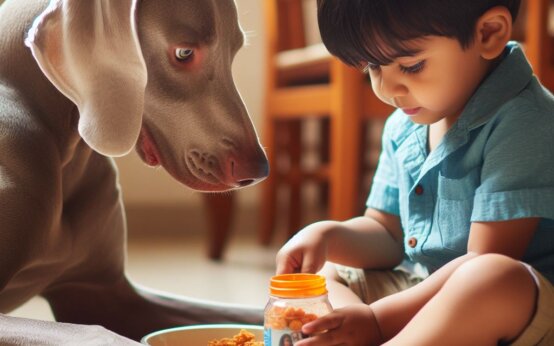 The Blue Weimaraner: A Unique and Stunning Breed
The Blue Weimaraner: A Unique and Stunning Breed 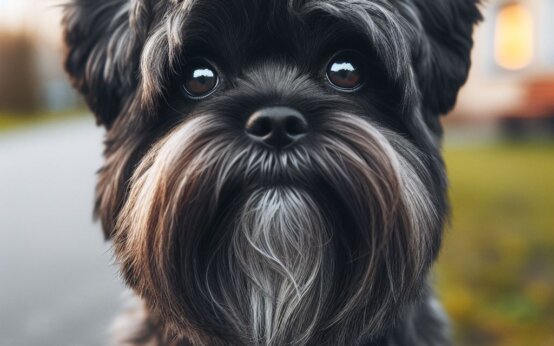 Affenpinscher
Affenpinscher  Mini Labradoodle: A Complete Guide
Mini Labradoodle: A Complete Guide  Dapple Dachshund: A Unique and Lively Breed
Dapple Dachshund: A Unique and Lively Breed  Pocket Pitbull: A Compact Canine Companion
Pocket Pitbull: A Compact Canine Companion  Preparing for an Adventure: A Golden Retriever Packs Its Suitcase
Preparing for an Adventure: A Golden Retriever Packs Its Suitcase  The Blue Merle Australian Shepherd: A Captivating and Unique Breed
The Blue Merle Australian Shepherd: A Captivating and Unique Breed 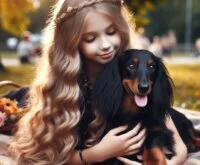 Long Haired Dachshund: A Guide to This Charming Breed
Long Haired Dachshund: A Guide to This Charming Breed